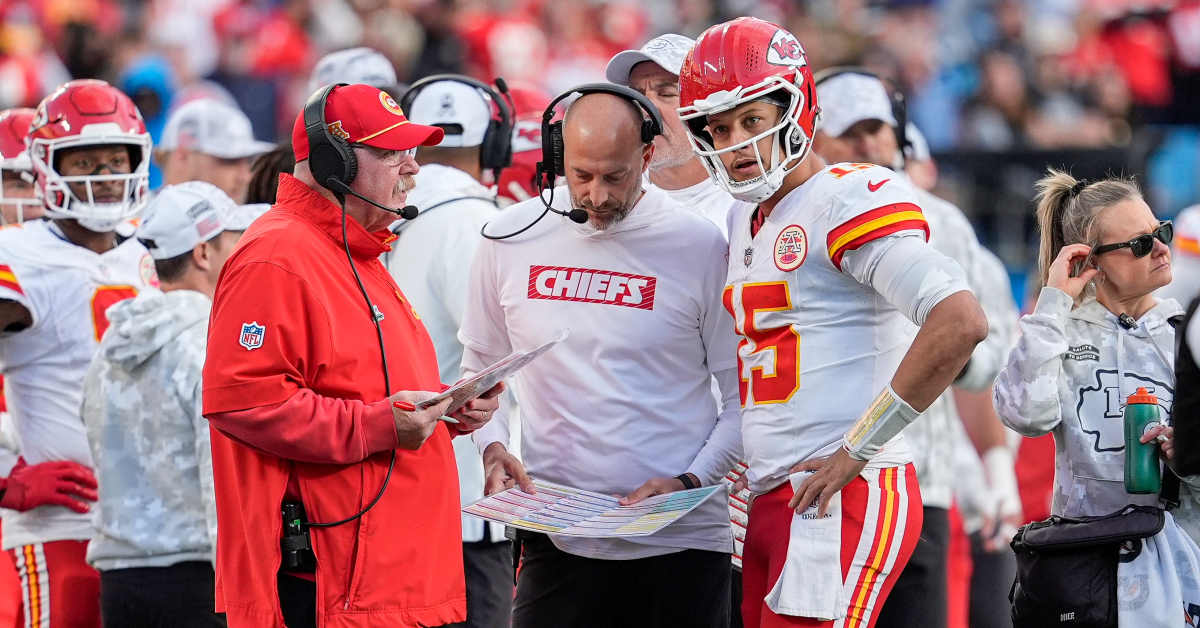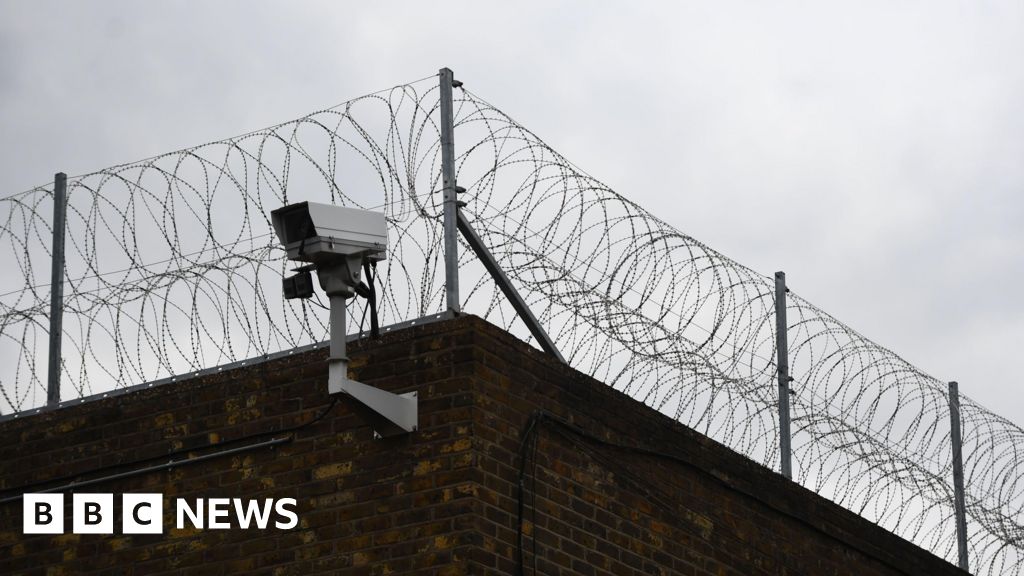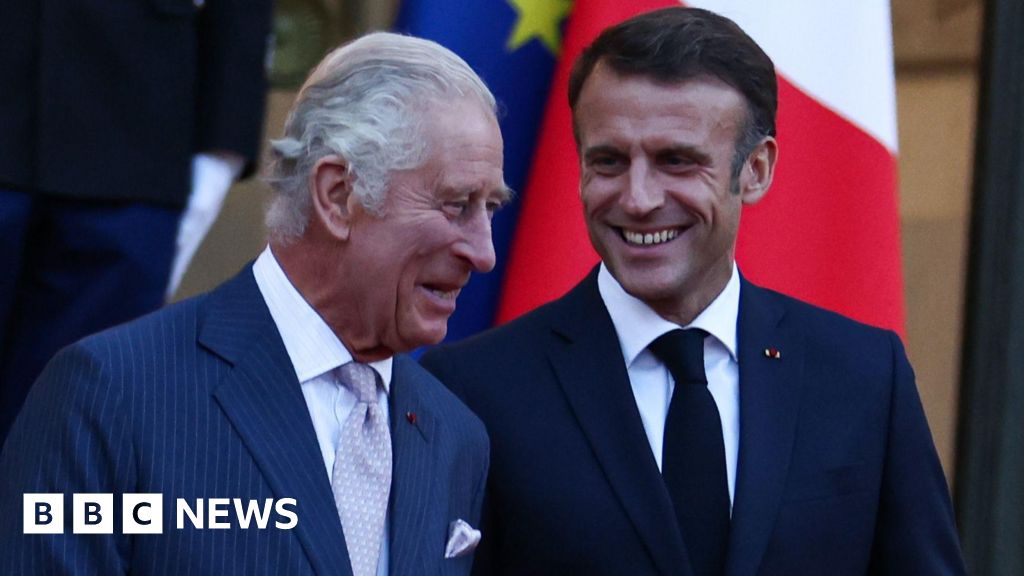The U.S. Supreme Court has agreed to hear two cases related to the protection—and the preservation—of women's sports. This news should gladden the hearts of female athletes across the country. The Court's decision promises a legal reckoning that is long overdue.
It also signals the turning of a tide. For most of the last four years, women concerned for the future of their sports have been confronted with brutal apathy from athletic administrators, government officials, and the courts—and silence from an intimidated public.
But polls show a growing consensus among Americans that women's sports should be for women, and that Title IX has been stretched out of all resemblance to its original intent. Government officials and athletic associations need to protect women's sports and make sure that women are not robbed of their athletic opportunities, personal safety, and hard-earned accomplishments.
States across the country have now passed laws—27 at last count—designed to protect women's sports. Challenges to two of those laws have now brought the subject to the nation's highest Court for a final ruling.
In West Virginia v. B.P.J., West Virginia Attorney General JB McCuskey and attorneys for Alliance Defending Freedom are asking the court to review a ruling by the U.S. Court of Appeals for the Fourth Circuit that would invalidate a West Virginia law protecting fairness in women's sports. ADF represents former college soccer player Lainey Armistead, who intervened in the lawsuit.
While captaining the women's soccer team at West Virginia State University, Armistead saw that a growing number of qualified female athletes were being sidelined—and in some cases, injured—by male athletes competing in women's events. After watching female athletes across the country lose opportunities to win in their sport, she decided to join the case.
She's not the only one recognizing the physical danger posed to women competing with bigger, stronger, more aggressive male athletes—nor the humiliation so many women feel at being virtual spectators in their own sports, knowing, before competition even begins, that their best efforts will never be enough to overcome the inherent physical advantages enjoyed by men.
In recent years, those advantages have cost thousands of women crucial athletic opportunities for achievement on the playing field, including major tournaments and championship events.

ADF is representing two of those women, former Idaho college track-and-field athletes Madison Kenyon and Mary Kate Marshall in Little v. Hecox, the other case the High Court has agreed to hear. The U.S. Court of Appeals for the Ninth Circuit—like the Fourth Circuit—has moved to squelch a state law protecting women's sports. Idaho Attorney General Raúl Labrador is asking the Justices to review that lower court decision.
The Idaho case is supported by 102 female athletes, parents, coaches, and sports officials, who signed off on a brief that includes testimony after testimony from women who lost some of their best opportunities to male athletes.
The breadth of pushback against these two appeals court rulings undoubtedly influenced the Supreme Court's decision to hear these cases. Twenty-six other states signed a brief in support of the West Virginia case, collectively describing the lower court's ruling as "profoundly wrong" and warning of its "far-reaching consequences."
Common sense, too, is on the side of female athletes—overwhelmingly.
In 2017, thousands of men ran 400-meter times that were faster than the personal bests of Olympic gold medalists Sanya Richards-Ross and Allyson Felix. That's pure biology: Boys have larger hearts, bigger lungs, denser bones, and stronger muscles. Laws and policies that leave the door open for male athletes to compete in women's sports must eventually, inevitably lock women out of any chance of succeeding in those competitions.
If the only thing women can hope to glean from participating in sports is the chance to watch male athletes blow past them on the track, on the courts, and in the pool; if all that awaits them after the years of hard work they bring to competition is an increased risk of injury; if the best they can hope for is to clap politely while males win the medals, the attention, and the scholastic opportunities; then, soon enough, there will be no more female athletes in "women's sports." There will be no women's sports at all.
That is the crux of what the U.S. Supreme Court will be deciding: not what women's sports will look like going forward, but whether there will be any point to women's sports existing at all.
Suzanne Beecher is legal counsel with Alliance Defending Freedom.
The views expressed in this article are the writer's own.








 English (US) ·
English (US) ·